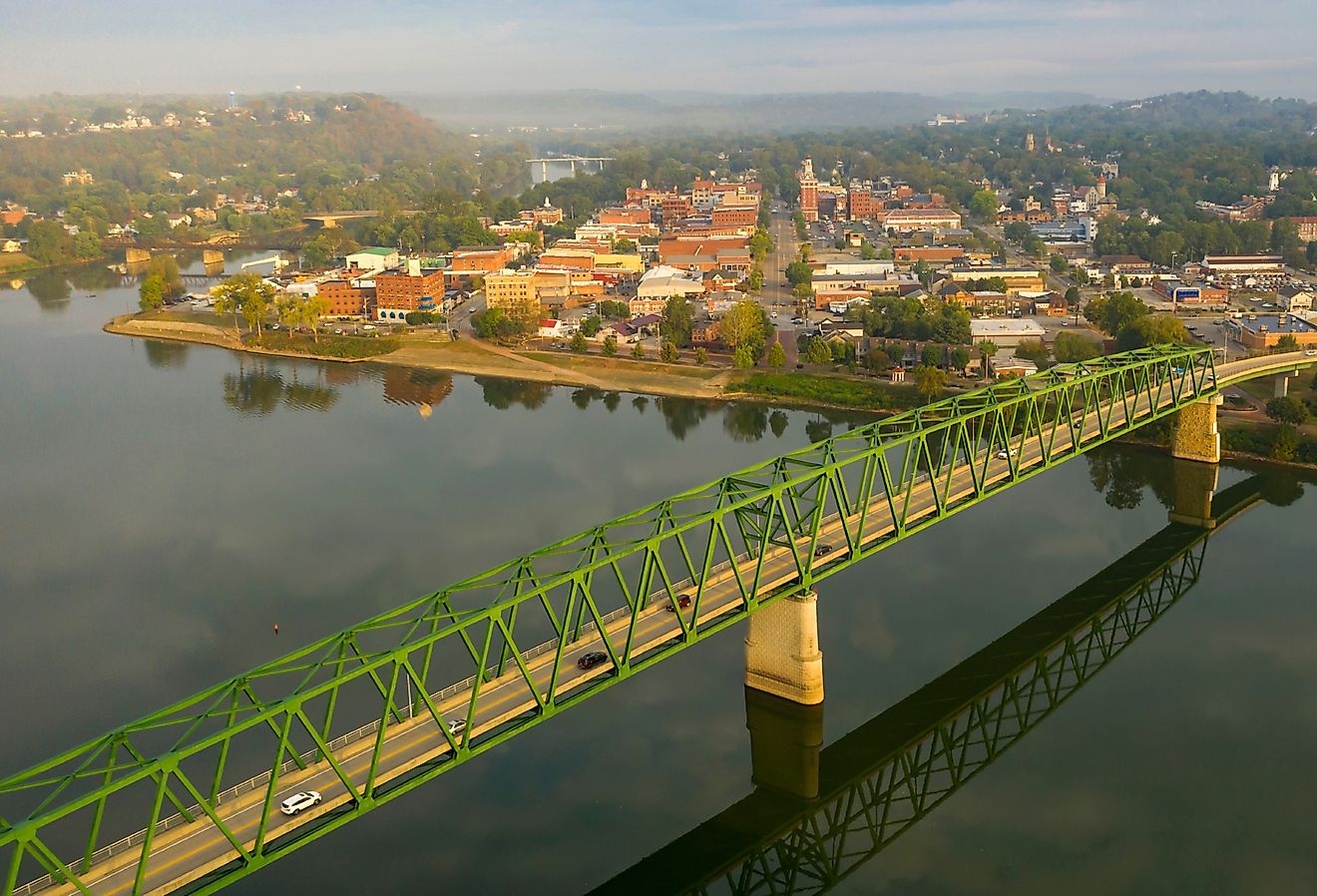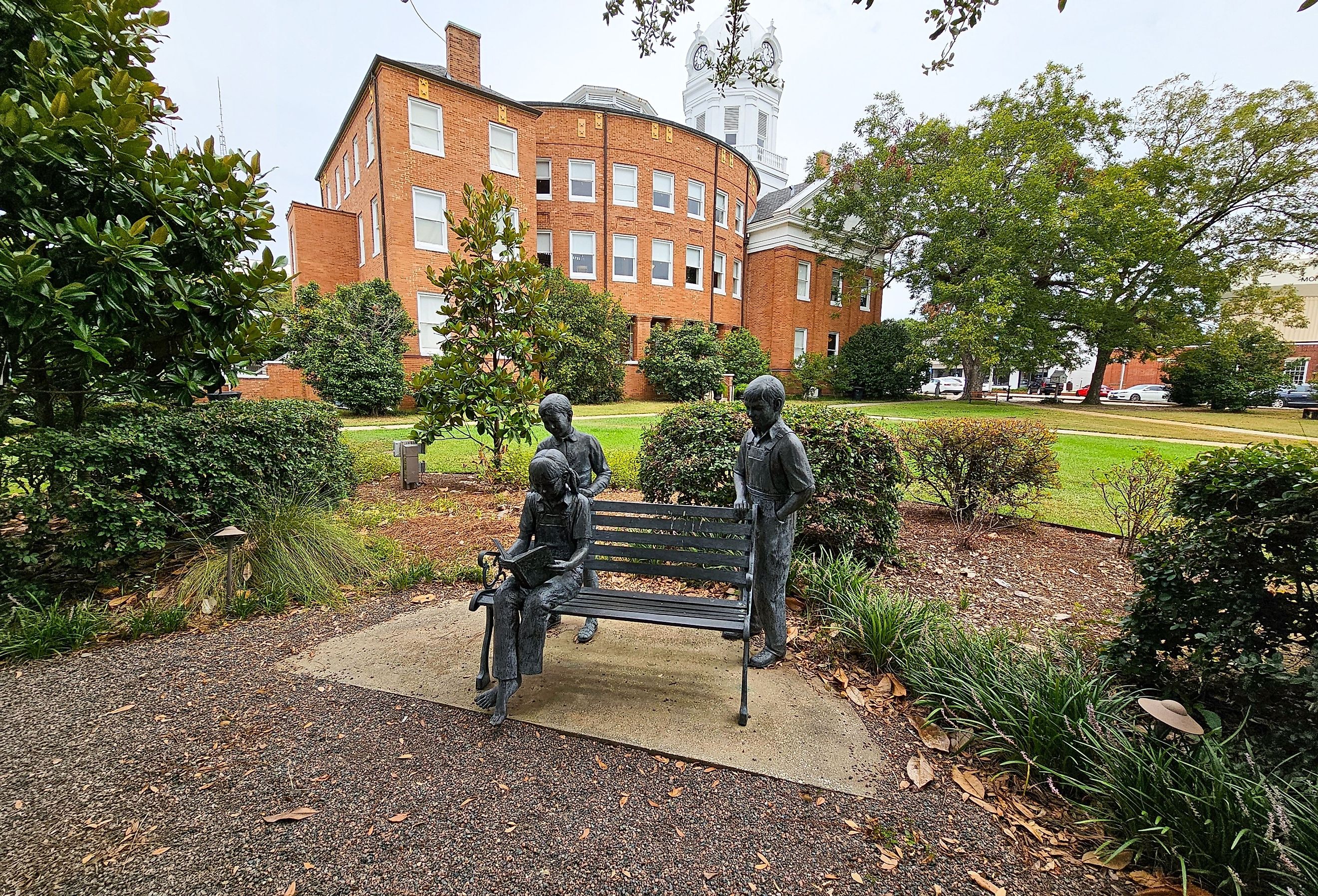
7 Towns In Alabama That Were Frozen In Time
Ever wanted to go for a walk in towns where American history whispers from every nook and time seems to pause? Located right within the heart of the Deep South, Alabama spans from the Appalachian foothills north to its Gulf Coast shores, stitching up a web of Alabamian landscapes. Alabama's heritage is deep and varied, from the epicenter of key moments in the past, such as the Civil Rights Movement, to being molded by centuries of agricultural and industrial expansion. Its smallest communities are filled with quiet streets lined with oak-shaded mansions, vintage signposts, and time-honored storefronts that harken to a world resistant to rush forward. So pack up, get on the road, and prepare to step into the living past of Alabama's frozen-in-time towns, where nostalgia and modernity converge.
Mooresville
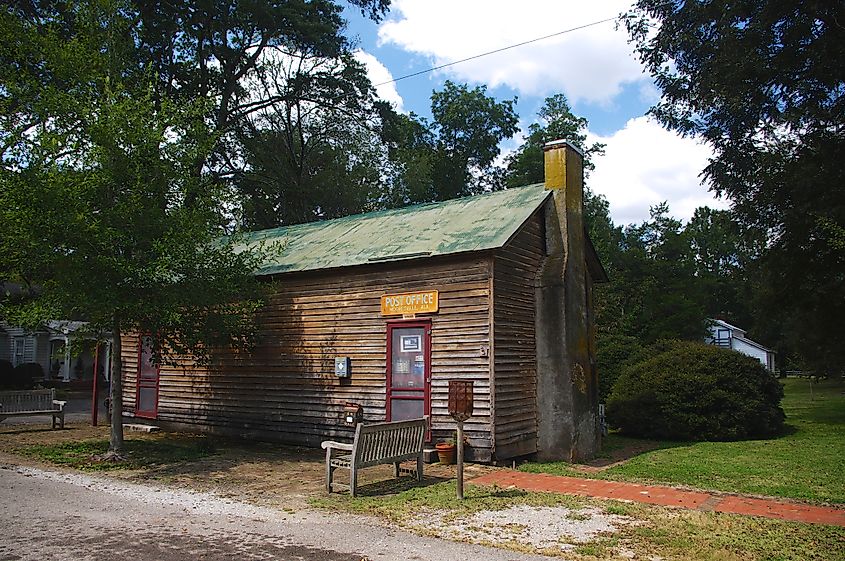
People visiting Mooresville often describe the place as stuck in the early 19th century, where functional gas lamps and unpaved walkways would not look out of place. Homes here are not just old; they stand as examples of early American architecture, such as Greek Revival and Federal styles, maintained in their original character.
This one-square-mile community was wholly listed on the National Register of Historic Places in 1992 after its establishment in 1818. Visitors usually begin at the Mooresville Post Office, the oldest in continuous operation in Alabama, dating back to 1840, with hand-carved wood call boxes that tell another era's story. Not far away, Stagecoach Inn and Tavern, built during the 1820s, is a museum and town hall with artifacts from Mooresville's early days.
Brick Church, dating back to 1839, is popular for its Greek Revival architecture and strong connections to spiritual history in this town. The nearby Wheeler National Wildlife Refuge adds to the natural beauty, while historic appeal makes Mooresville a quiet, timeless getaway for those seeking it.
Eufaula

History fans dream about Eufaula, as the city is a gateway to Alabama's rich past, home to cultural landmarks and outdoor recreation. One of Alabama's largest historic districts, the Seth Lore and Irwinton Historic District contains over 700 historic structures filled with Greek Revival, Italianate, and Queen Anne architecture. The many treasured structures include Fendall Hall, a very impressive restored mid-19th-century Italianate mansion-turned-museum that preserves the sumptuous lifestyle of that era.
Other highlights include the 1906 Neoclassical Shorter Mansion, which operates both as a museum and a venue for various events, including guided tours. Fairview Cemetery's burial site of Confederate soldiers and some of the early residents features historic markers and offers a quiet connection to times past.
Beyond its historic appeal, Lake Eufaula is called the "Bass Capital of the World," offering great fishing, boating, and hiking at Lakepoint State Park. Downtown, Superior Pecans & Gifts, a nostalgic shop founded in 1934, adds to the charm with locally made treats.
Tuscumbia
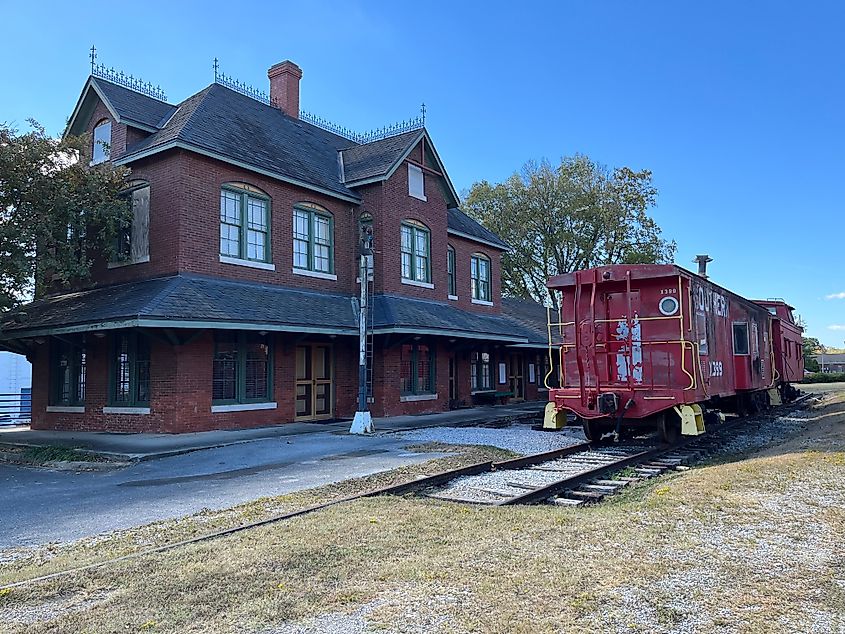
Tuscumbia is one of those Southern towns that marries tradition, culture, and nature. Its historic district is lined with over 25 antebellum structures ranging from modest cottages to the most imposing mansions on the National Register of Historic Places. Guests can visit Ivy Green, the 1880 birthplace of Helen Keller, which serves as a museum highlighting this incredible human being.
The Belle Mont Mansion houses some pretty exemplary Jefferson architecture between 1828 and 1832 while giving one further insight into 19th-century Southern life. Spring Park has a lake and cascading waterfall for quieter times.
The Palace Ice Cream and Sandwich Shop set in a five-and-dime pharmacy in the fifties, serves up yummy treats. For shoppers, there is Cold Water Books, a fun little bookstore in a lovely restored historic building.
Magnolia Springs
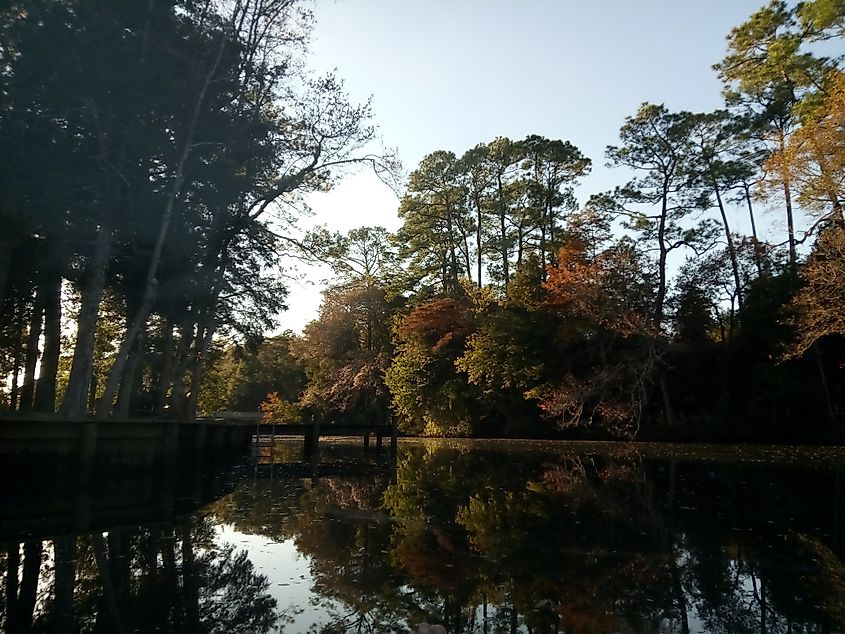
It is a quiet retreat with its canopy of live oaks draped in Spanish moss and meandering Magnolia River, claiming bragging rights as the only river route in the United States with year-round mail delivery by boat since 1916. The town's beginnings go all the way to an 1800 Spanish land grant, and it was officially founded in 1891, attracting people from large swaths of the country by its natural beauty and mild climate.
Take a leisurely walk around the Magnolia Springs Historic District. Perhaps most notable, St. Paul's Episcopal Church, which is Late Gothic Revival in style, is recorded in the National Register of Historic Places. The community's commitment to preservation is strong, with the Magnolia Springs Historic District covering major structures like the Moore Brothers General Store, built circa 1925, and the Magnolia Springs Community Hall, built in 1896.
Quiet and serene, Magnolia Springs is not far from other coastal attractions. The hustle and bustle of Gulf Shores are only a short drive away, giving visitors the best of both worlds in quiet river life and lively beach activities.
Fort Payne
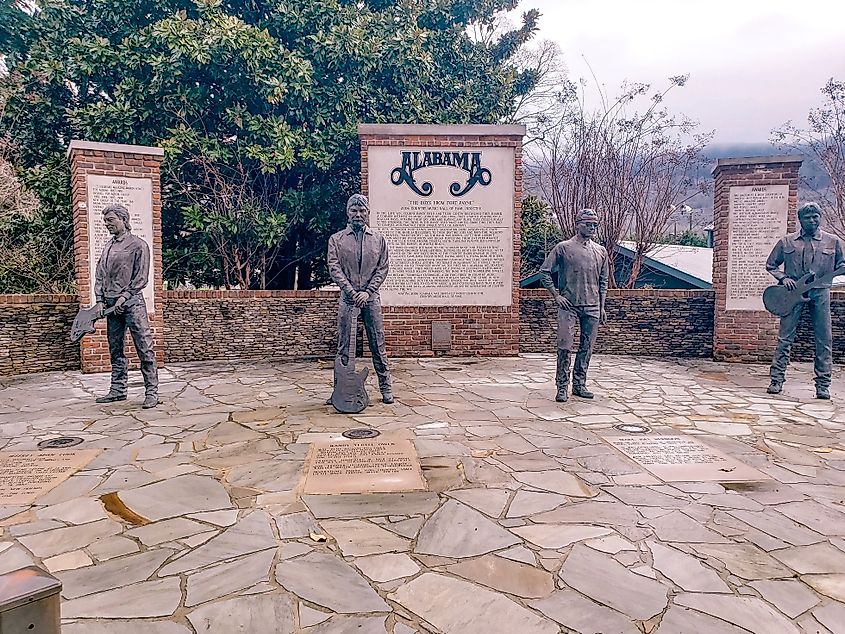
Fort Payne very expertly balances heritage and culture with natural beauty. Visiting the Fort Payne Depot Museum, housed in the striking 1891 Richardsonian Romanesque train depot, reveals a wealth of railroad timeline and industrial beginnings in the town. The Fort Payne Cabin Historic Site is nearby, serving as a reminder of the Cherokee's removal on the Trail of Tears in preservation of the cabin built in 1825. The Andrew Ross Home, just slightly outside the Boom Days Historic District, presents an appearance of early settler architecture with its 1790 cabin and expansion sometime in the 1830s.
For dining and shopping, Vintage 1889 within the historic W.B. The 1887 building presents unique souvenirs, gifts, antiques, and food. Davis Hosiery Mill is unique in that it has the atmosphere of an early 20th-century mill but serves great Southern cuisine.
Fort Payne also has access to dramatic natural beauty. Little River Canyon National Preserve is gorgeous, with sandstone cliffs as tall as 600 feet above the river and outstanding hiking.
Monroeville
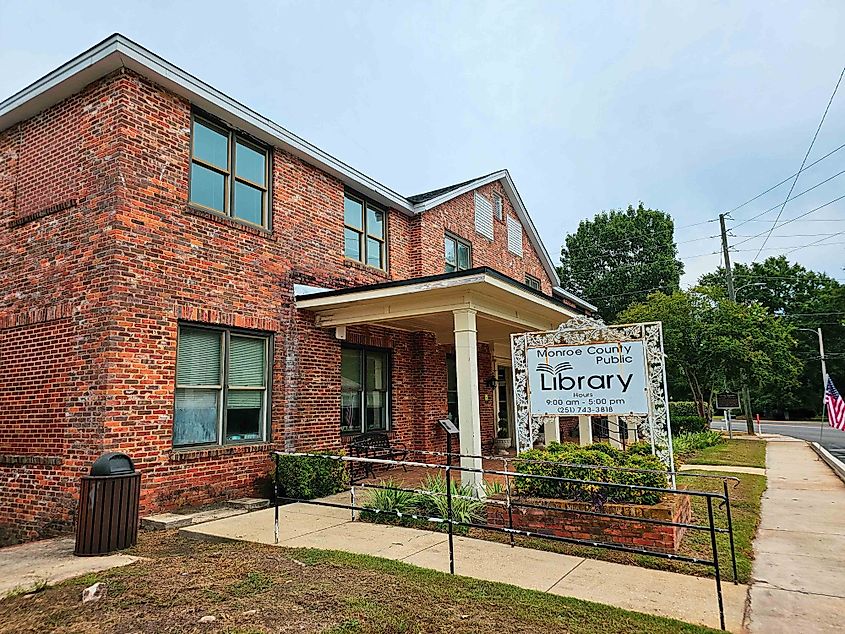
The so-called "Literary Capital of Alabama," whereby a name is given to mix and blend in historical and cultural interest that captures one's mind. The Monroeville Downtown Historic District, a collection of 63 buildings, 51 contributing, that has been added to the National Register of Historic Places, represents early 20th-century architectural style. The Old Monroe County Courthouse, built in 1903, is the model used for setting Harper Lee's "To Kill a Mockingbird" courtroom scenes. It now houses the Monroe County Museum, showcasing exhibits on the life and career of Ms. Lee and Truman Capote.
The town's literary heritage comes alive most poignantly in its Literary Capital Sculpture Trail, which features 14 bronze sculptures celebrating famous authors who used this quaint little town as one of their biggest inspirations. For a dining experience not short on antiquity, the aptly named Courthouse Café near the courthouse square serves Southern cuisine combined with a view that brings back memories of times lost.
Nature lovers will enjoy Vanity Fair Park, established in 1948. Its 5-acre pond and picnic pavilion also include tennis courts and a community house.
Mentone
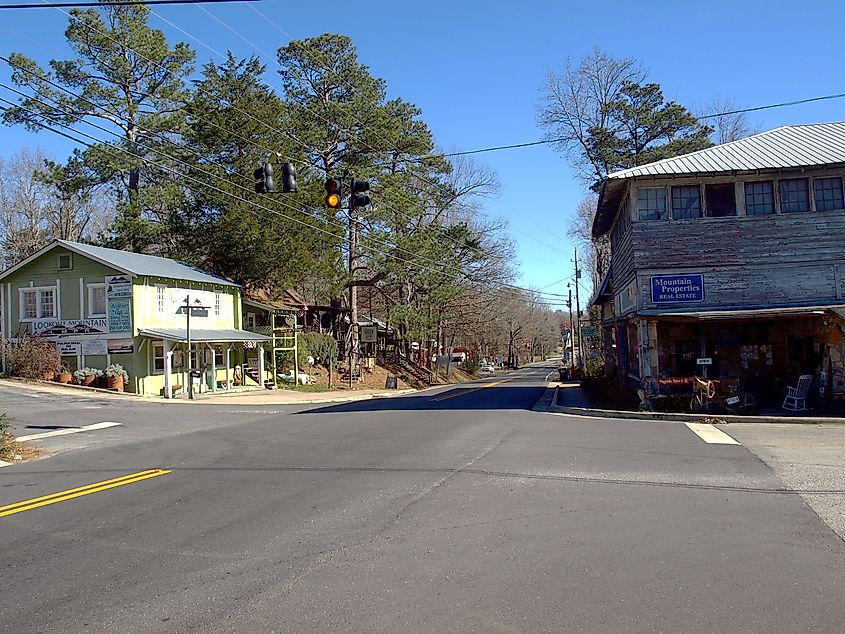
The city of Mentone is simply captivating. Among the best things to do in this city is a visit to Sallie Howard Memorial Chapel. Built in 1937, it features a distinctive design with a massive boulder into its altar, showcasing the unusual architectural traditions of the area.
Another highlight is the Old Union Crossing Covered Bridge, constructed in 1863 and relocated near Mentone in 1972. This 90-foot bridge spans the West Fork of the Little River, offering a glimpse into 19th-century engineering and scenic views of the surrounding landscape.
The Green Leaf Grill offers Southern tastes in a historic dining setting. Nature lovers will find Little River Canyon National Preserve most appealing. This natural landmark has hiking trails, waterfalls, and views that take you deep into the heart of Alabama's beauty.
From a peek into the past to combining cultural richness with historic preservation and natural beauty, small towns in Alabama offer much more. From antebellum homes in Eufaula to the literary charm of Monroeville, from rustic retreats in Mentone to timeless streets in Mooresville, these towns show a state proud of its heritage. Each town invites you to slow down and savor its unique story, from Ivy Green in Tuscumbia to the walks among art and antiques in Mentone to the cascading waters of DeSoto Falls. Historic eateries, vibrant arts scenes, and scenic landscapes make Alabama's hidden gems not just relics of the past but living, breathing connections to a simpler time. So pack your bags, move off the beaten track, and see these timeless charms of unforgettable towns.








